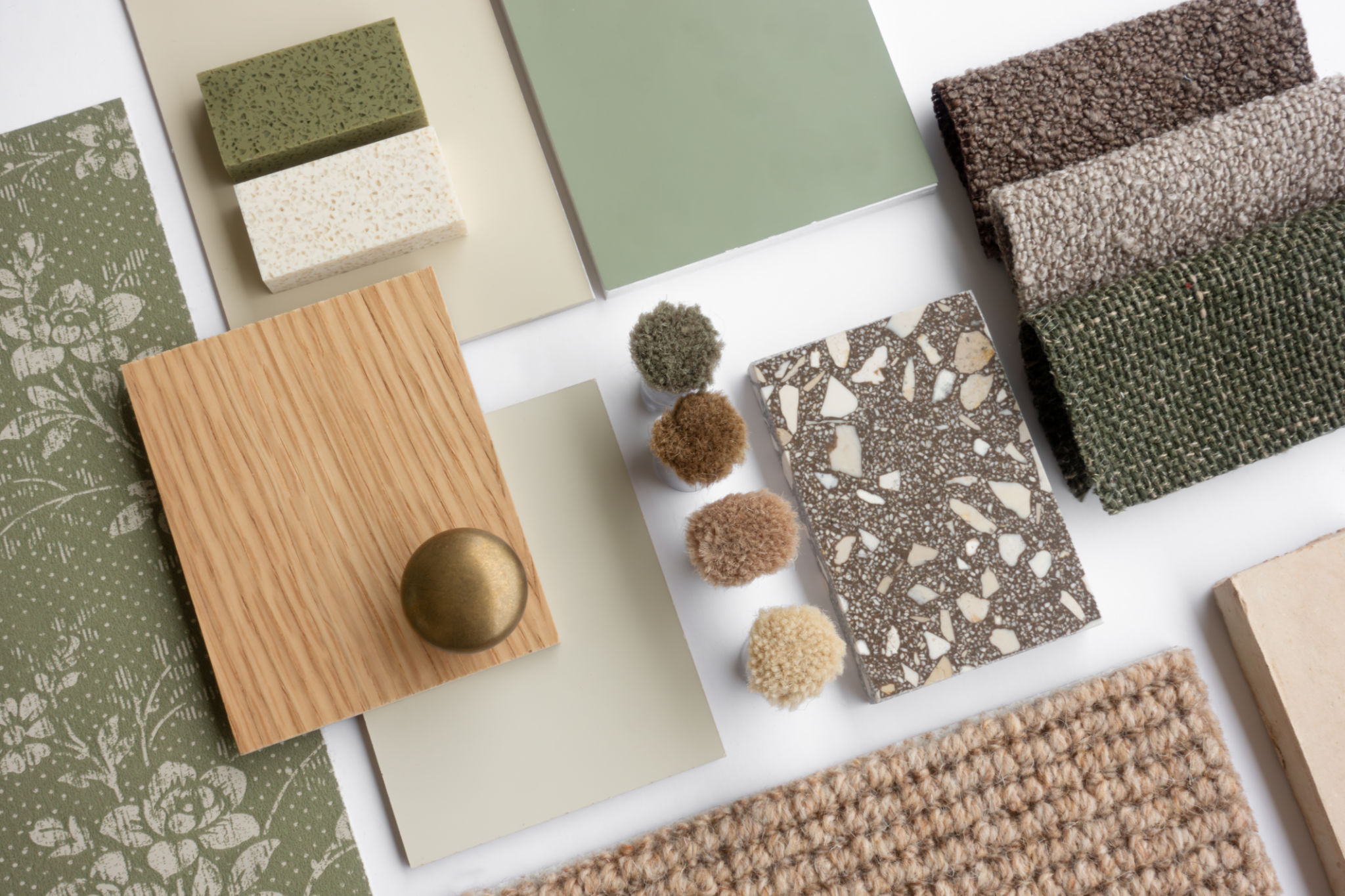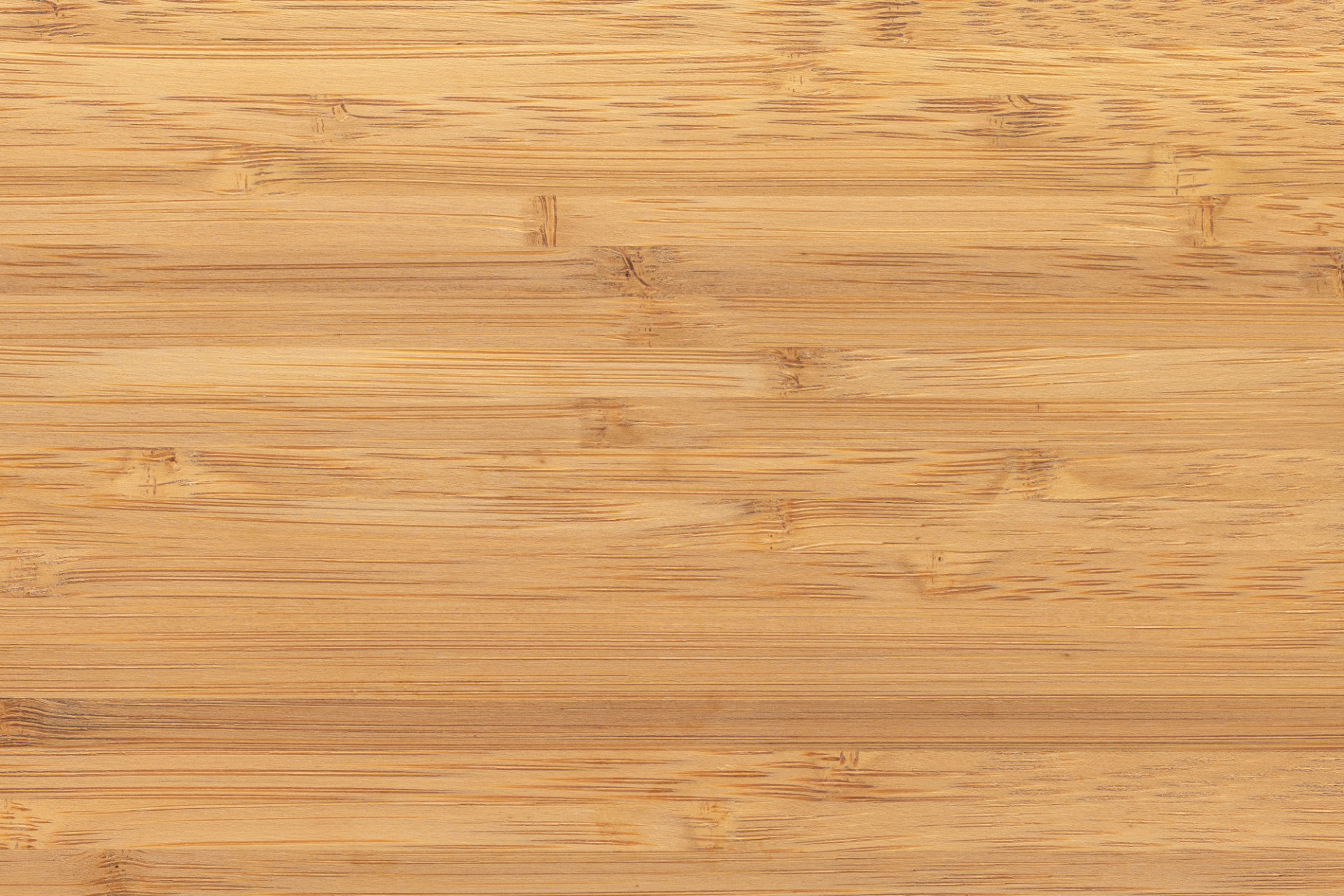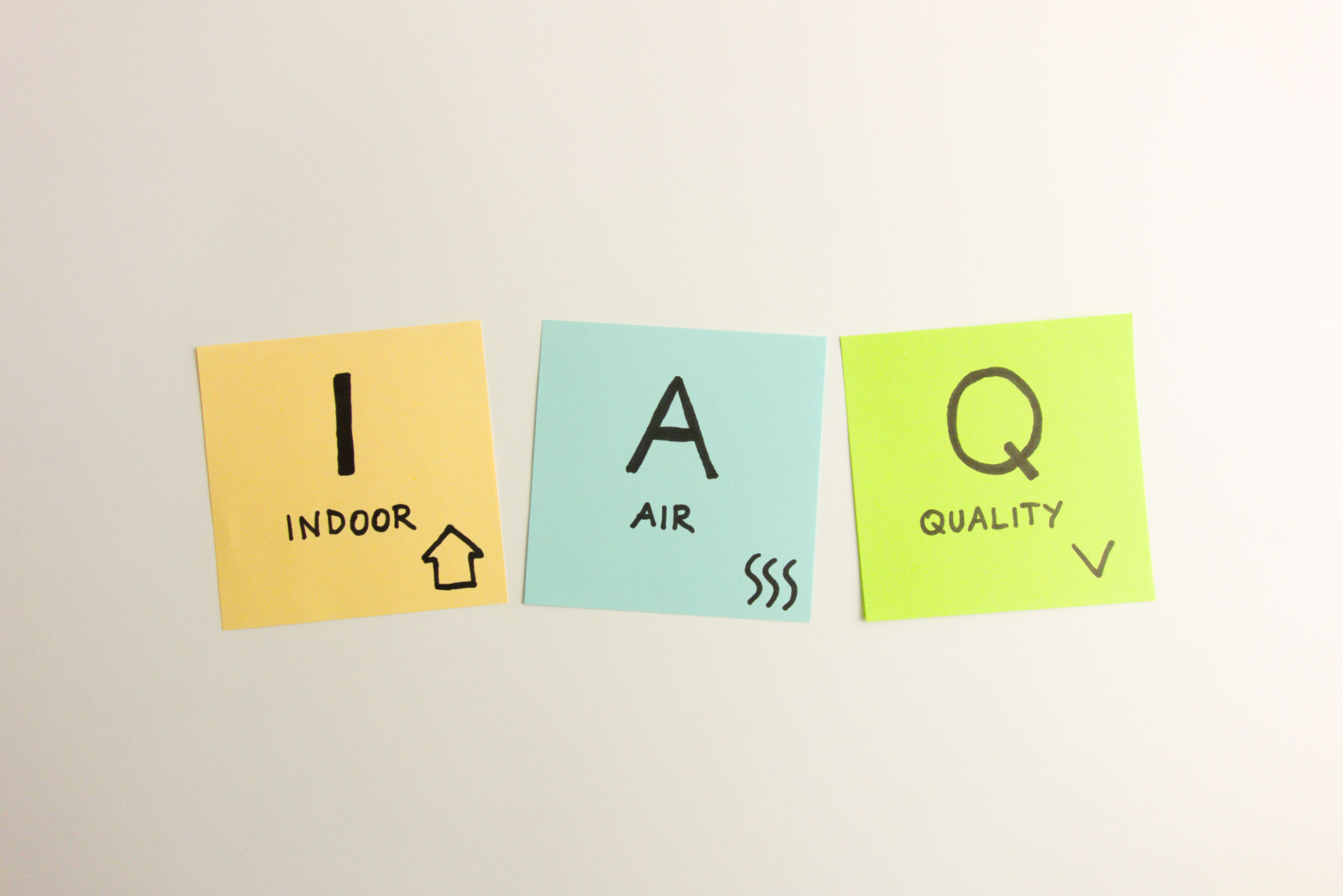Case Study: Transforming Spaces with Eco-Friendly Flooring
Introduction to Eco-Friendly Flooring
In recent years, there has been a significant shift towards sustainable living, and one of the pivotal areas of focus is eco-friendly flooring. This trend is not just about aesthetics; it's about making environmentally responsible choices that contribute to a healthier planet. In this case study, we explore how eco-friendly flooring options have transformed spaces, making them not only visually appealing but also sustainable.

The Need for Sustainable Solutions
Traditional flooring materials often come with a heavy environmental cost. From deforestation to high carbon footprints during production and transport, conventional options can be detrimental. Eco-friendly flooring addresses these concerns by utilizing sustainable materials and processes. Whether it's bamboo, cork, or reclaimed wood, these alternatives offer a greener solution without compromising on style or durability.
Choosing eco-friendly flooring can significantly reduce the environmental impact of a building project. Not only do these materials often come from renewable sources, but they are also designed to last longer, reducing the need for frequent replacements.
Case Study: A Successful Transformation
Let's delve into a real-world example of how eco-friendly flooring can transform a space. A local community center recently undertook a renovation project with sustainability at its core. The center opted for bamboo flooring throughout its main hall, a choice that perfectly balances practicality with environmental responsibility.

The installation process was smooth, and the results were stunning. Bamboo is not only a rapidly renewable resource but also incredibly durable. The new flooring enhanced the center's aesthetic appeal while aligning with their commitment to sustainability.
Benefits Beyond Sustainability
Eco-friendly flooring offers numerous benefits beyond just being good for the environment. Many of these materials are hypoallergenic and contribute to improved indoor air quality by reducing exposure to harmful chemicals often found in traditional flooring products. This makes them an excellent choice for homes and spaces where health is a priority.
- Durability: Many eco-friendly options are as durable as traditional materials.
- Maintenance: These floors often require less maintenance and fewer harsh cleaning products.
- Aesthetic Appeal: Available in a wide range of styles and finishes to suit any design preference.

The Future of Flooring
The community center's successful implementation of bamboo flooring highlights a growing trend in sustainable building practices. As awareness increases, more homeowners and businesses are likely to consider eco-friendly options when renovating or building anew. This shift not only supports environmental goals but also encourages innovation in sustainable materials and construction techniques.
With the continued development of eco-friendly technologies and a greater emphasis on sustainability, the future of flooring looks promising. By choosing materials that are both beautiful and sustainable, we can create spaces that are kinder to the planet and healthier for us all.
Conclusion
The transformation of spaces with eco-friendly flooring is more than just a trend; it's a movement towards a more sustainable future. This case study demonstrates the tangible benefits of such choices, proving that it is possible to achieve elegance and functionality while maintaining environmental responsibility. As we look forward, embracing these eco-conscious decisions will be crucial in creating a sustainable world for future generations.
